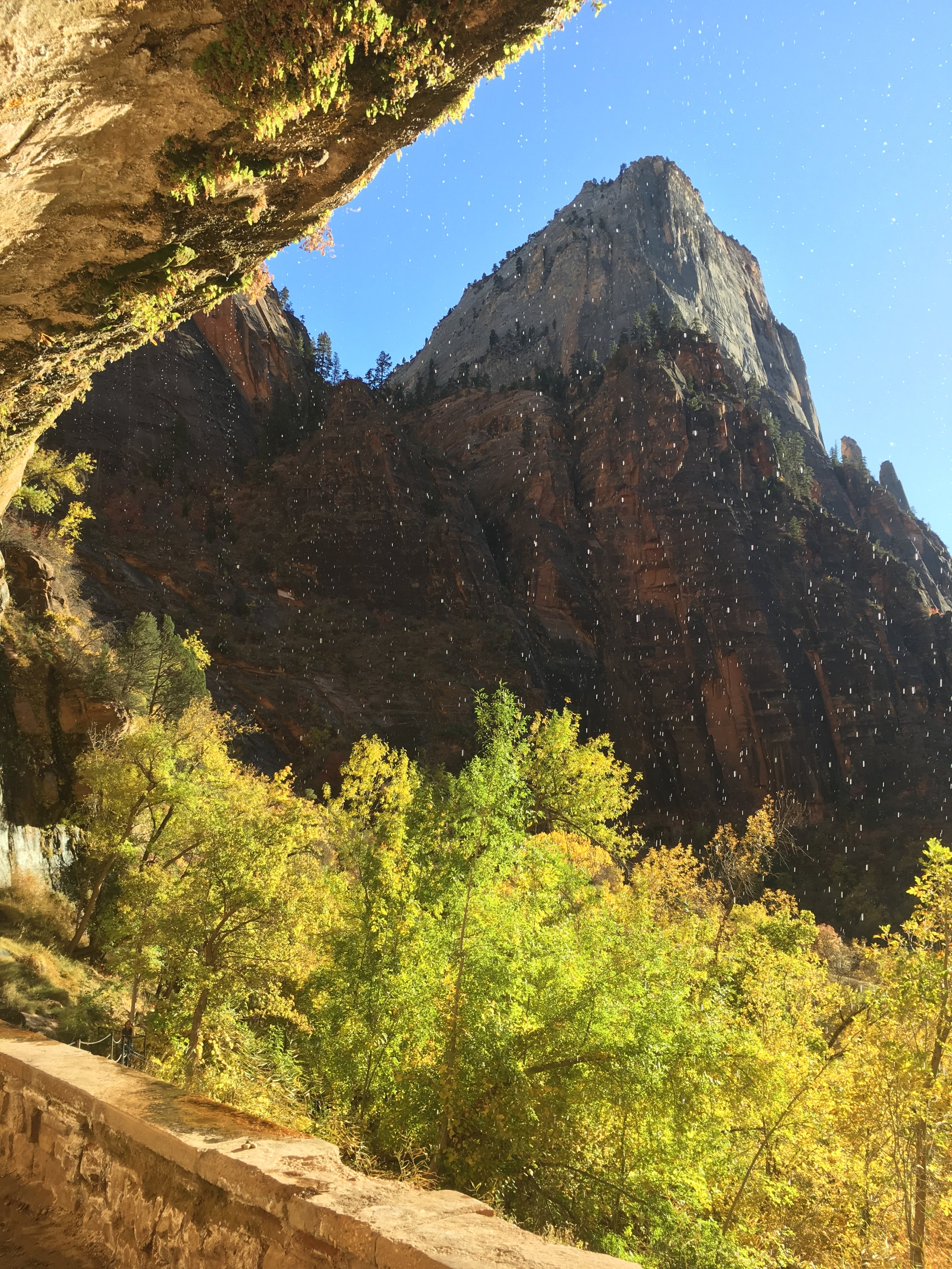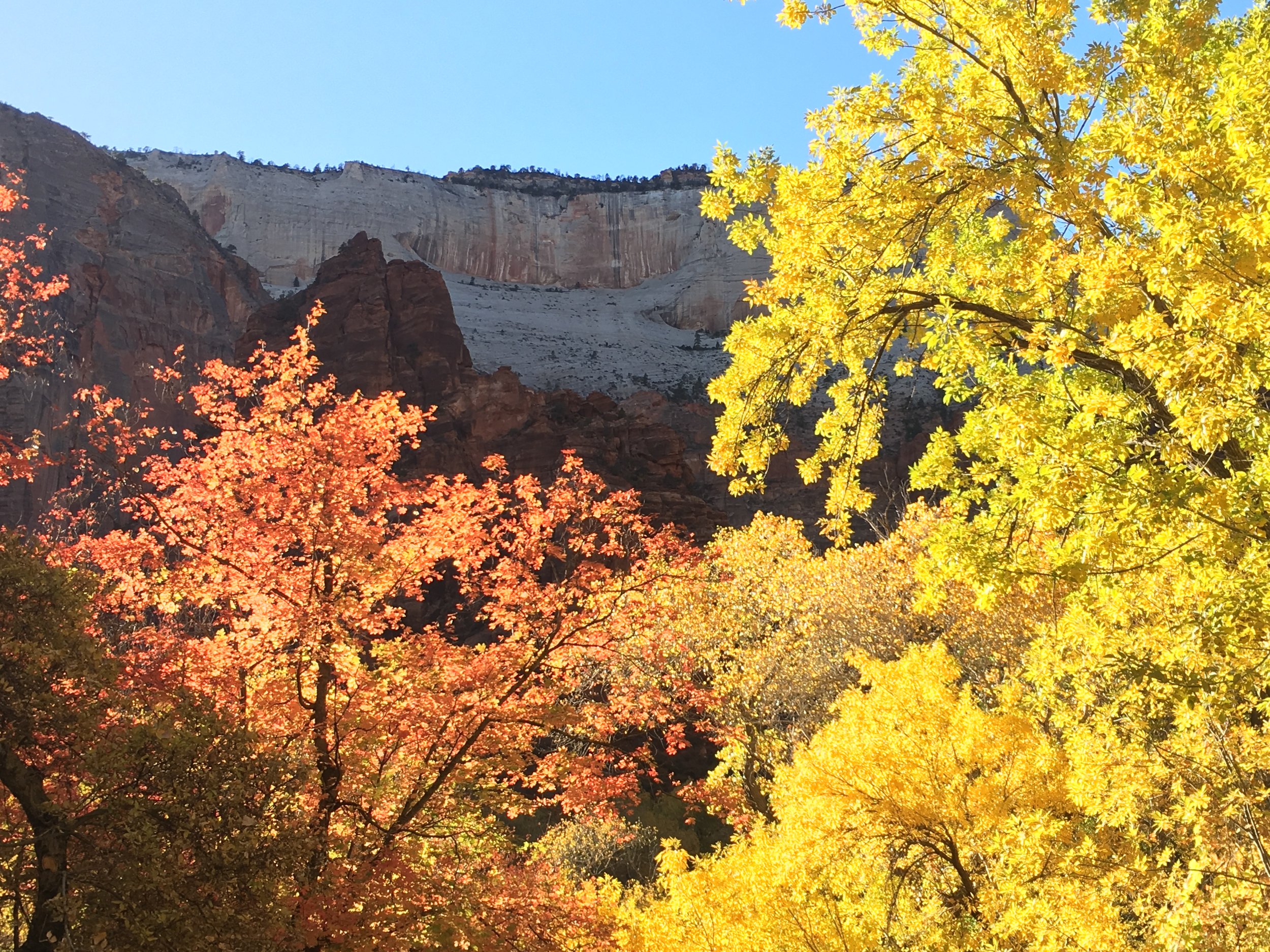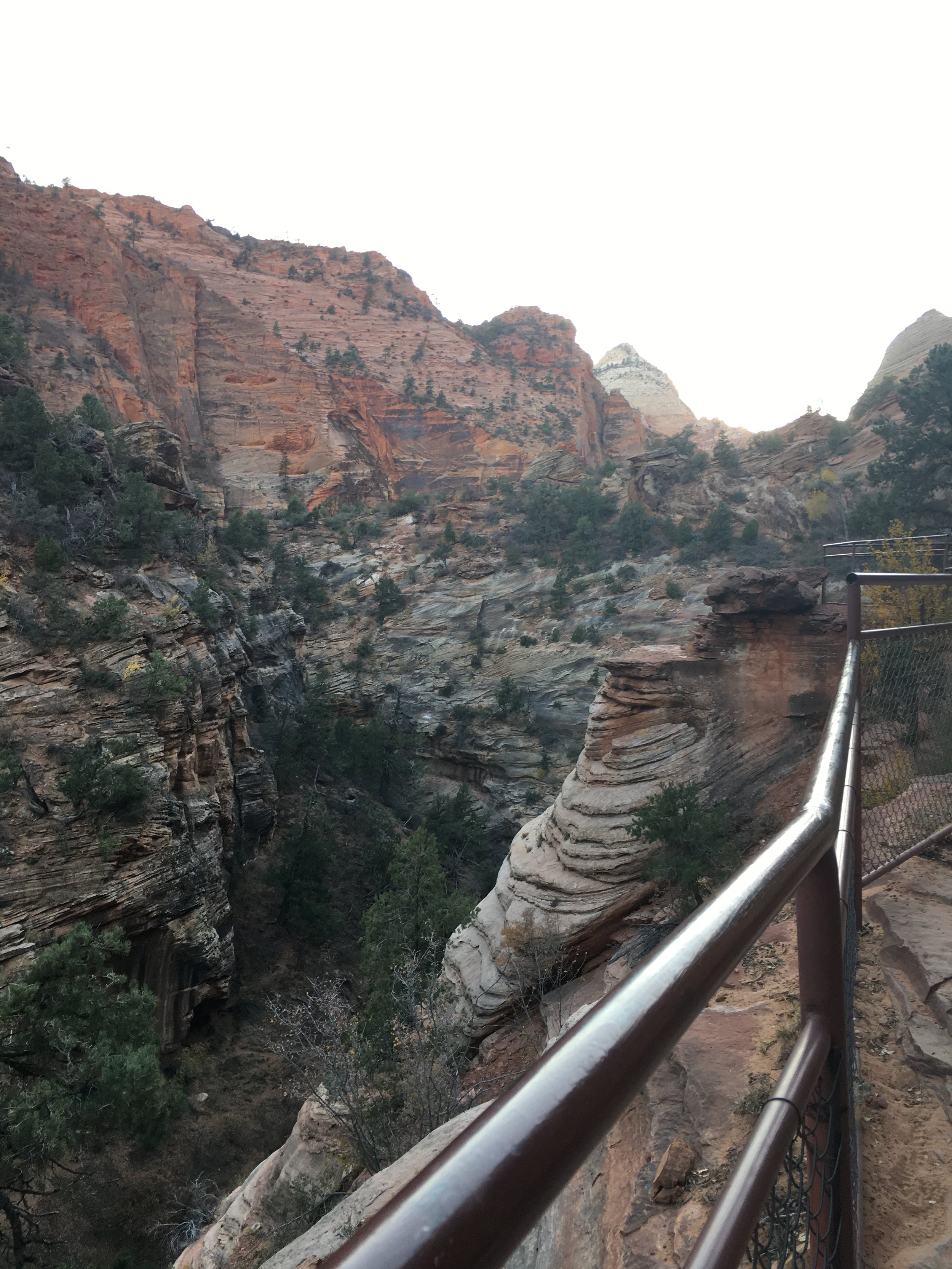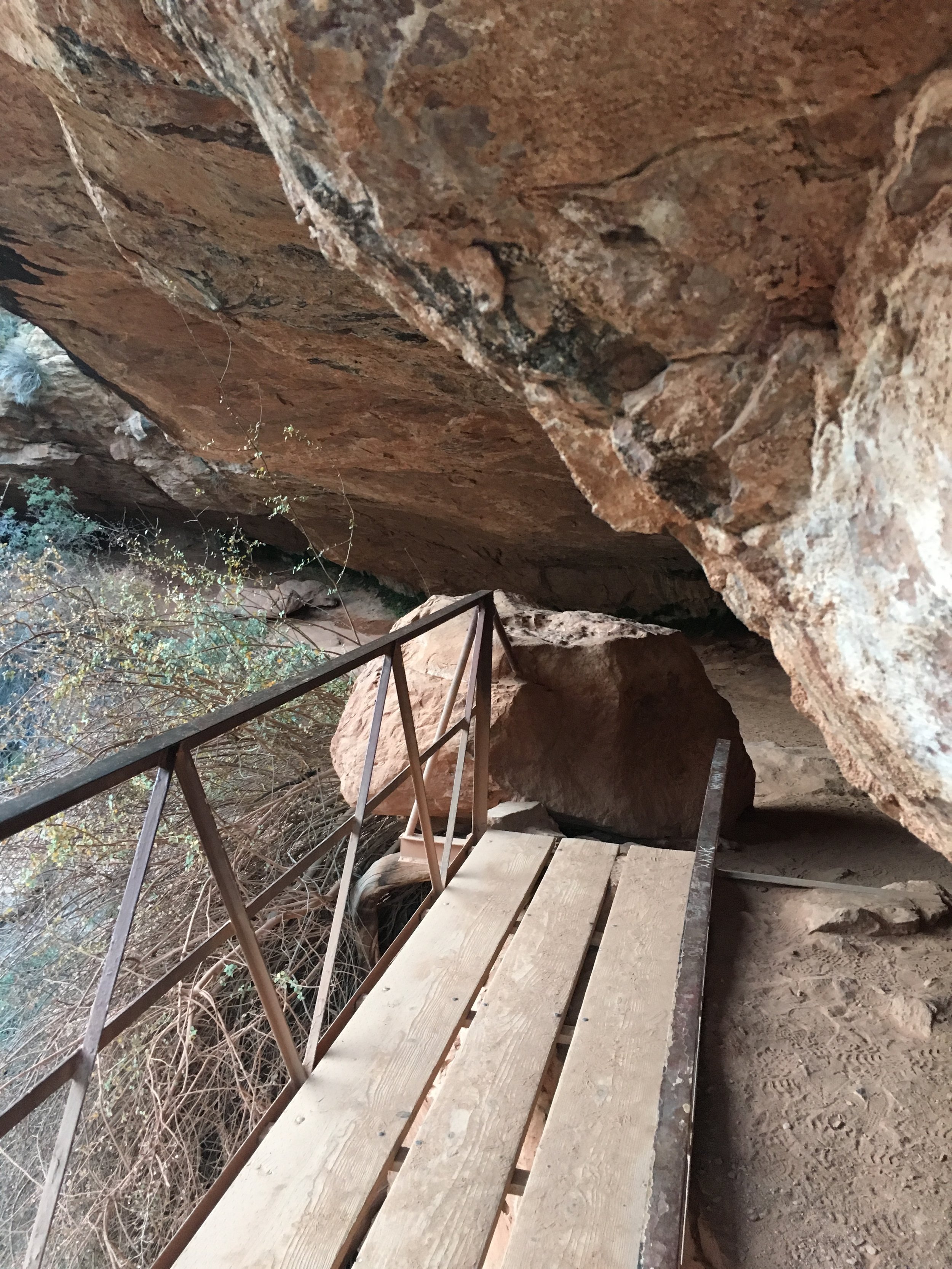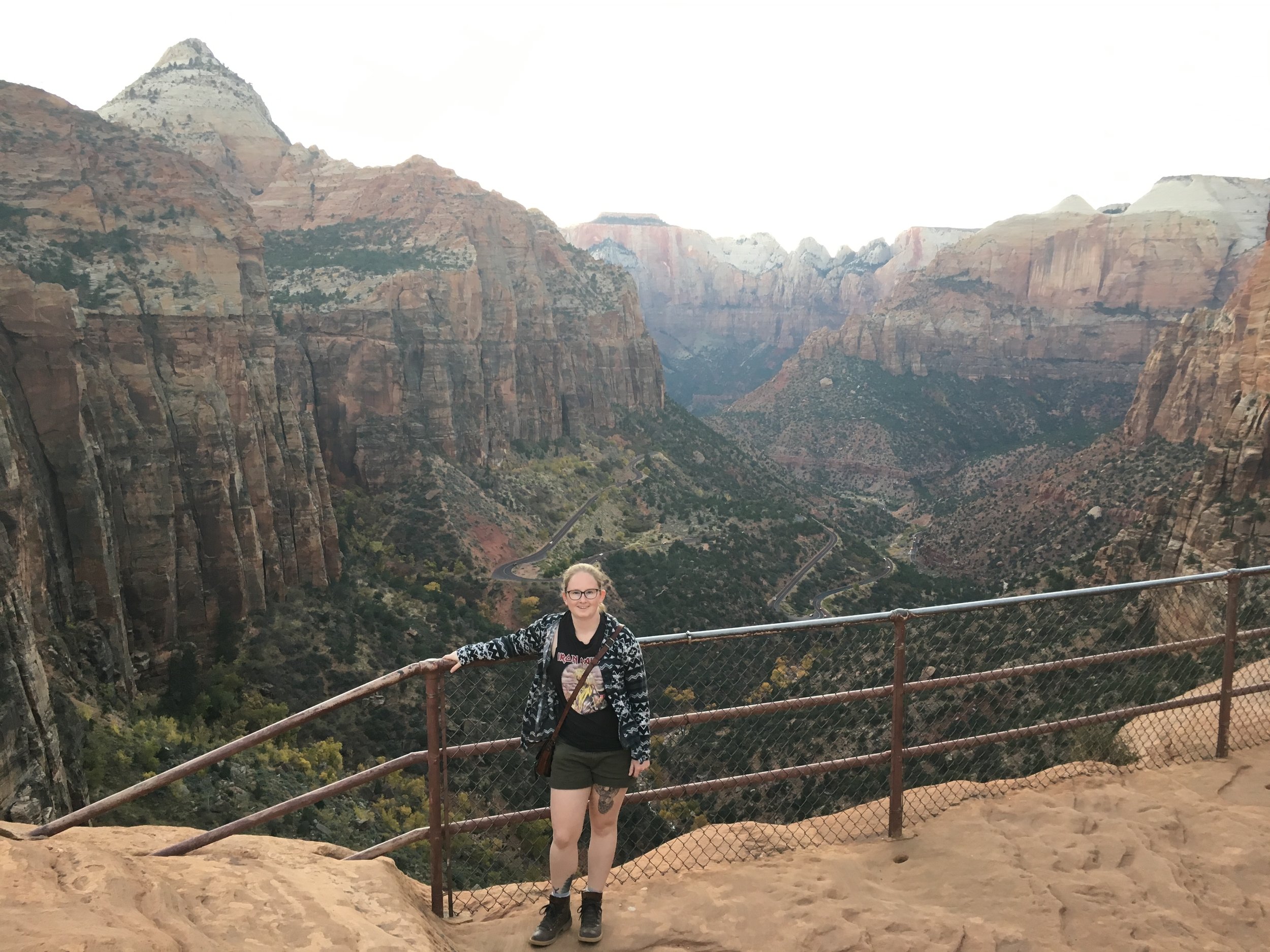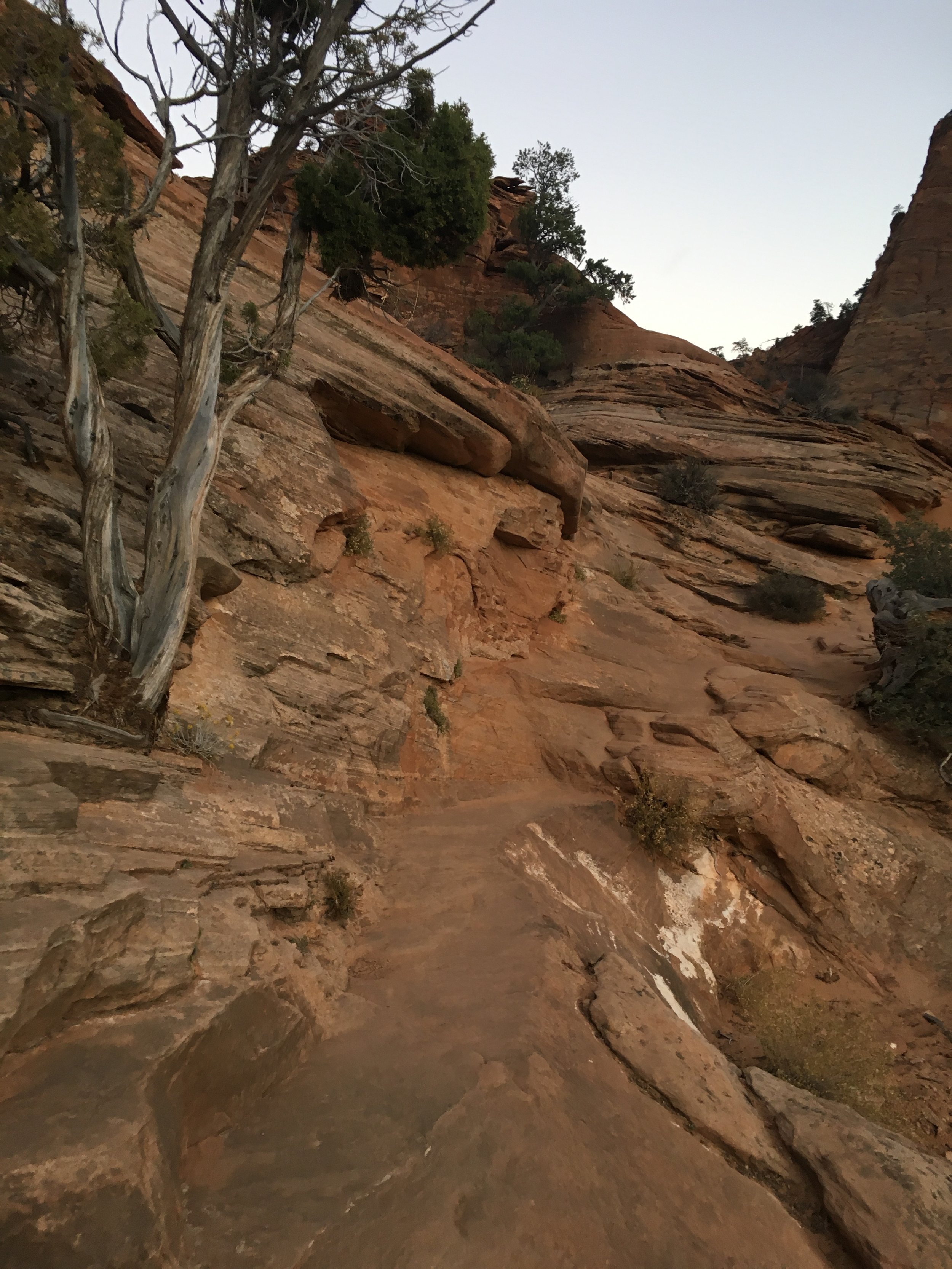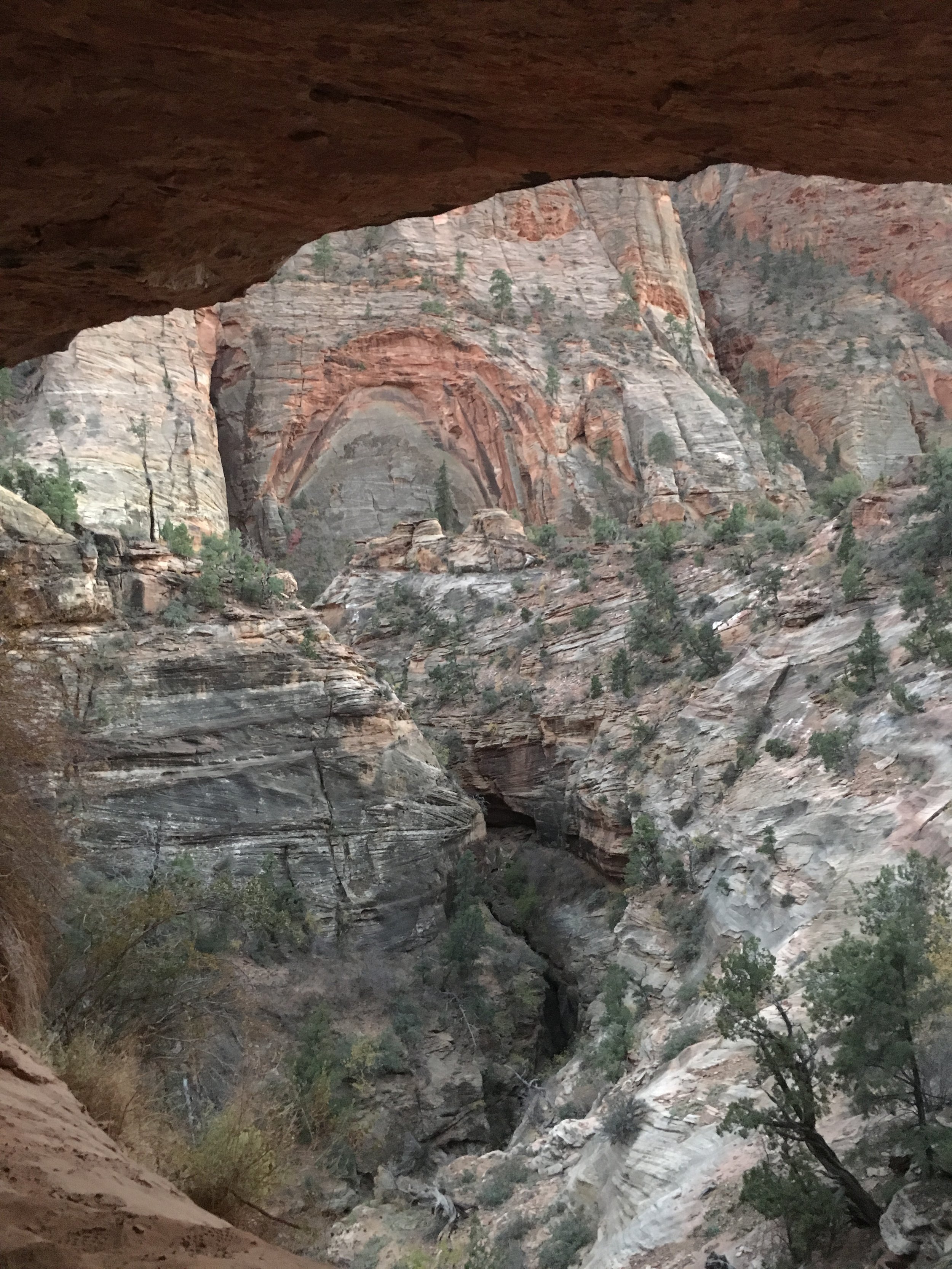Zion National Park: The Ultimate Guide
Ready for some exciting hikes and breathtaking views?
Zion National Park is Utah’s first National Park. Located in southern Utah near Springdale, the park is only 2,5 hours from Las Vegas and 1 hour and 20 minutes from Bryce Canyon National Park. Famous for its deep canyon and, of course, Angels Landing, the park has become a must-see destination with millions of visitors each year.
Transportation to and around Zion National Park
Let’s start with some practical stuff. Zion is wildly popular. With millions of people visiting the park each year, there is bound to be some traffic. There are only 2 entrance points to Zion National Park, the East entrance and the South entrance, both on Route 9. Route 9 is located at the south border of the park and this is also the only road you can actually access by car. Because of its popularity, Zion had to take some measures to avoid congestion and parking problems in the park itself.
With most visitors coming from the west, the city of Springdale has many parking spaces and shuttle busses to take you into the park. Around the South entrance itself are some extra parking lots too, but I wouldn’t count on that during the busy season. Parking is essential because from spring through fall, the Zion Canyon Scenic Drive is only accessible by the shuttle.
Zion’s shuttle is a wondrous thing. It makes sure no cars enter deep into the park and it runs regularly enough that you won’t have to wait over 15 minutes. The shuttle stops at pretty much every trailhead and has a handy map inside so you know where to get off if you want to go on a particular hike. There is one hike that the shuttle doesn’t stop by, but I’ll tell you all about that later.
Best hikes in Zion National Park
Best hikes are subjective and depend on what you are looking for, but I think we can all agree that some hikes are just more spectacular than other hikes. When I visited Zion, it was already well into the afternoon, so I didn’t have time to go for the more lengthy hikes, but I sure saw some spectacular views. Here is an overview of the best hikes in Zion National Park.
Angels Landing
Angels Landing is, without a doubt, Zion’s most famous hike. I didn’t get a chance to do this one myself, but it is definitely worth mentioning. While you can get similar views on other hikes, the route to getting to the top is unique. You will have to navigate sheer cliffs and steep switchbacks. The last part of the trail even involves holding tight to heavy metal chains so you don’t drop off into the abyss. The entire hike takes about 4 hours, depending on your physical condition. Angels Landing a tough hike and your safety is your own responsibility, so do take a minute to consider if this hike is for you or not.
Unfortunately, Angels Landing has become too popular. In response to horror stories of congestion and long waiting lines at the top of the trail, Zion has decided that everyone who wants to hike Angels Landing will need a permit. Personally, I am a big supporter of this. I like my hikes nice and quiet, even if I have to apply and pay for a permit to do so.
The Narrows
The second most adventurous hike in Zion National Park is the Narrows. As the name implies, the Narrows is the narrowest section of the Zion Canyon. Imagine thousand feet tall canyon walls and an ice-cold river at your feet. Getting your feet wet is an essential part of this hike. It’s best to take the season into consideration if you want to take this hike. Summer and early fall mean relatively warm water and low water levels, while winter and early spring are cold and high water levels. Depending on snowmelt, it is possible that the hike is closed in the spring because of high water levels.
Emerald Pools
Finally, a hike that I did do! The Emerald Pools is a collection of several hikes: the Lower Trail, the Middle Trail, and the Upper Trail. I hope I don’t have to explain what the difference is between these trails. All trails have beautiful waterfalls and breathtaking views, so your choice depends on how strenuous you want your hike to be. The Lower Trail is also accessible to strollers and wheelchairs. You can hike these trails year-round. The waterfalls are most powerful during the spring because of runoff. I went during the fall, a time in which the waterfalls were slowly trickling and the entire canyon was slowly showing its fall colors.
Canyon Overlook
My favorite hike was the Canyon Overlook. It was already late in the day and we knew the sun would be setting soon, but it was nonetheless spectacular. The Canyon Overlook trail is not in Zion Canyon itself, but on the other side of the Tunnel. The shuttle bus does not go to this trailhead, so you’ll have to go by car. If you do, be aware that the parking is immediately to your right after you exit the tunnel. It is a tiny parking lot, so there might not be any space left.
The trail is only 1 mile long, but can be quite adventurous if you're not keen on heights. The trail hugs closely to the canyon's wall with sheer drop offs and rickety bridges. The view at the end is worth it though, trust me.
Things to watch out for in Zion National Park
Zion National Park is without a doubt one of the best parks in the US, but there are a few things that you should be aware of. Because of the popularity of the park, it can get quite busy, especially during the weekends and in the high season. Expect many other hikers, full parking lots, and sold-out camping grounds during those days. Angels Landing especially is a very busy place, but I think things will calm down a bit now that there is a permit system in place.
The weather is also a thing to watch out for. It can get very hot in the canyon during the summer. Heatstroke and dehydration are not uncommon during the summer. The Narrows is also known to have flash floods every once in a while.
